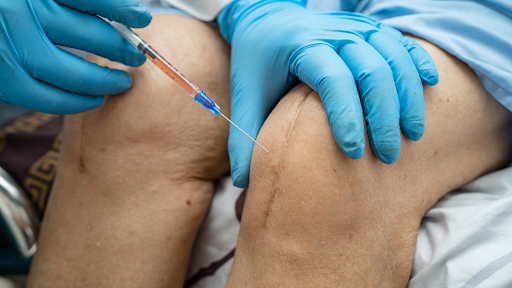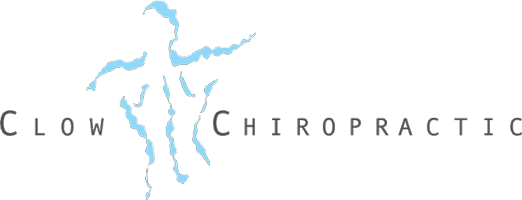Call Us
321-725-8778Visit Our Location
145 Palm Bay Rd NE #120, West Melbourne, FL 32904
Clinic Openings
6 Days a week

For athletes and active individuals, injuries are often more than just physical setbacks; they can be emotional, career-threatening, and life-altering. From torn ligaments to chronic joint pain, the recovery process can be long and grueling, especially when traditional treatments like rest, physical therapy, or even surgery don’t provide lasting relief. However, a new wave of regenerative medicine is offering hope and faster recovery: stem cell therapy.
In recent years, stem cell therapy has emerged as a groundbreaking option for pain management in sports injuries. This non-surgical, minimally invasive treatment is not only helping athletes recover more quickly but also promoting natural healing at the source of the injury. Let's break down how stem cell therapy is changing the game in sports medicine.
Stem cells are the body's natural repair kit. They have the unique ability to transform into various types of cells including: muscle, cartilage, bone, or tendon. When injected into an injured area, these cells can reduce inflammation, stimulate tissue regeneration, and promote faster healing.
In the context of sports injuries, stem cell therapy typically involves harvesting stem cells from the patient’s own body (usually from bone marrow or adipose tissue), processing them, and injecting them directly into the site of injury. Over time, this helps repair damaged tissues, reduce chronic pain, and restore function.
One of the most exciting aspects of stem cell therapy is its versatility. Common sports-related injuries that respond well to this treatment include:
These injuries are often difficult to treat with conventional approaches and may lead to long-term discomfort or limited mobility. With stem cell therapy, many patients report significant pain relief and a noticeable improvement in function.
Absolutely. One of the major appeals of stem cell therapy is its potential to treat chronic pain at the source rather than masking it with medication. Traditional pain management often involves corticosteroid injections or painkillers, which offer only temporary relief and come with risks of side effects or dependency.
Stem cell therapy, on the other hand, addresses the underlying tissue damage that causes the pain. It reduces inflammation and facilitates the regeneration of healthy tissue, offering a more sustainable and natural solution.
Numerous studies and patient testimonials support the efficacy of stem cell treatments in significantly reducing chronic joint and muscle pain post-injury.
Recovery time varies depending on the severity of the injury and the individual’s overall health. Generally speaking:
Unlike surgery, which often requires extensive downtime and rehabilitation, stem cell therapy has minimal recovery time. Most patients can resume light activity shortly after treatment and progressively return to full activity under medical supervision.
One of the most common questions we hear is: "When can I get back in the game?"
The answer depends on several factors, including the location and extent of the injury, the type of sport, and how the individual responds to treatment. That said, many athletes return to practice or competition in significantly less time compared to traditional treatments or surgery.
For example:
Regular follow-ups and a tailored physical therapy program post-treatment can speed up the process and reduce the risk of reinjury.
Both Platelet-Rich Plasma (PRP) and stem cell therapy fall under the umbrella of regenerative medicine and are sometimes used together. However, they are not the same:
While PRP is often effective for mild injuries and inflammation, stem cell therapy is typically more powerful for repairing structural damage like torn cartilage or ligaments.
Stem cell therapy is considered very safe, especially since it uses cells from the patient’s own body. This reduces the risk of allergic reactions or rejection.
Minor side effects may include:
As with any medical treatment, it’s essential to work with a qualified provider who follows best practices in harvesting, processing, and injecting the cells.
Yes—in many cases, stem cell therapy provides a non-surgical alternative to procedures like knee replacements, rotator cuff repairs, or ligament reconstruction. This is especially appealing to athletes who want to avoid long recovery times and get back to their sport as quickly as possible.
While surgery may still be necessary in extreme cases, stem cell therapy offers a less invasive first-line solution that is proving successful for many patients.
At Clow Integrated Medical Center, we specialize in cutting-edge regenerative treatments tailored to each patient’s unique injury and lifestyle. Our team of experienced medical professionals offers compassionate, evidence-based care to help you heal faster and get back to doing what you love.
Don’t let pain keep you on the sidelines. Discover how stem cell therapy can transform your recovery and give you back your active life.
Schedule your consultation with Clow Integrated Medical Center today and explore a new path to healing. Call us now or book online to get started on your journey to pain-free movement.

